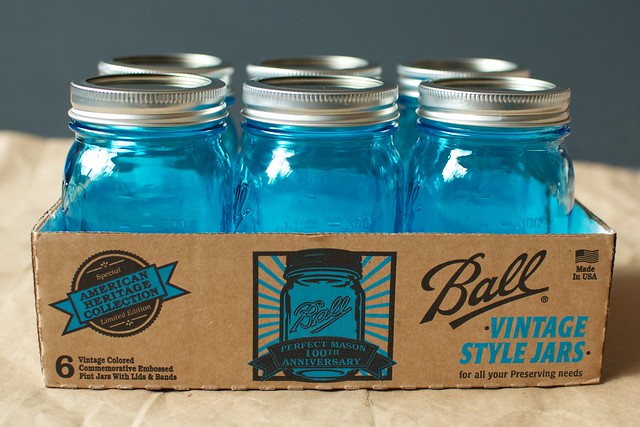
The owner of one of the last accessible lagering cellars from St. Louis brewing history was gracious enough to allow me to explore and photograph the subterranean space under his property this last week. Before mechanical refrigeration, lagering, which comes from the German word for storing, is where the beer was allowed to bottom ferment in barrels, kept in caves modified for lagering, or in cellar specifically dug for that purpose. Once refrigeration for lagering could be provided above-ground, the lagering cellars were not longer needed, and many were forgotten or abandoned.

However, at least one brewery’s cellars survive, and they consist of two levels, each with ceilings perhaps thirty feet tall. The lower level of the sub-cellar is flooded with approximately five feet of water. Each room is quite large, and can only be reached from the interior of a building, which will remain anonymous at the owner’s request. A ladder is required to reach the cellars now due to the treads of a staircase, still partially preserved, are missing.

It was common to fill in lagering cellars with the rubble of the brewery above when it was demolished, and this lagering cellar is no different. Through two doors, passing under where the former brewhouse was located, is the rubble from the demolished brewery above that was pushed into access holes, filling the cellar. However, due to the curves of the shallow barrel vaults, you can crawl in between the ceiling and the rubble.
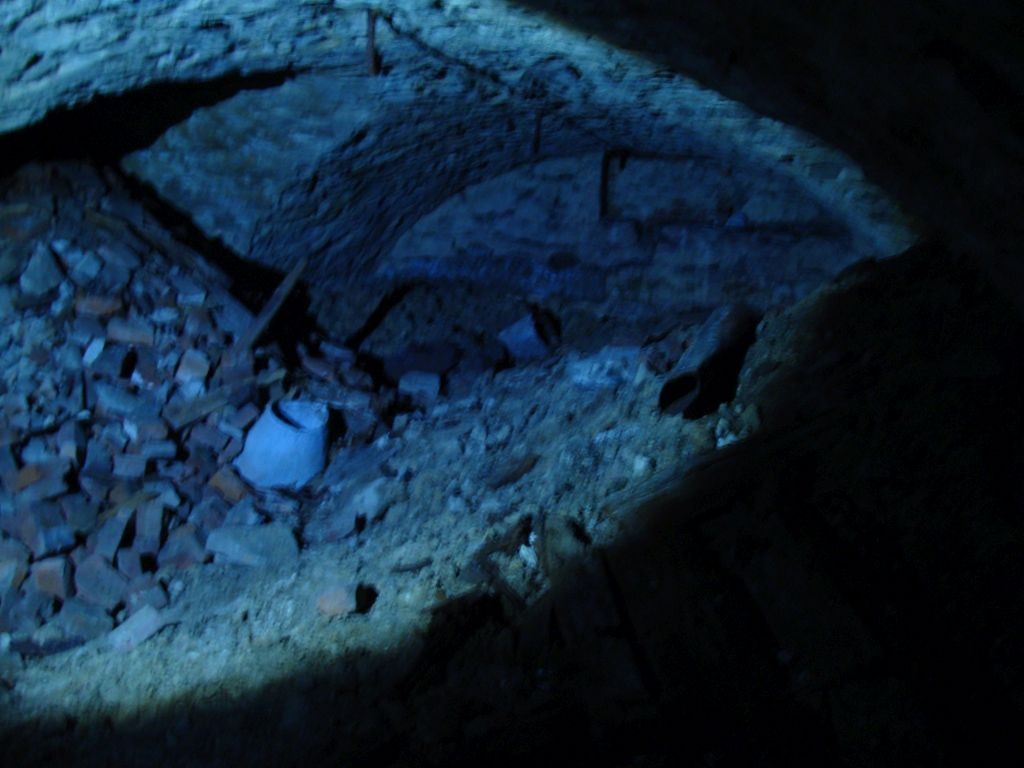
It was extremely difficult to photograph in these conditions, and while I don’t like flashes because they flatten and confuse scale, I resorted to them since this is, after all, deep underground

What is fascinating is that the rubble is very compacted, mixed with what seems to be clay that due to moisture is very hard. You can see pieces of wood and brick from the former brewhouse.
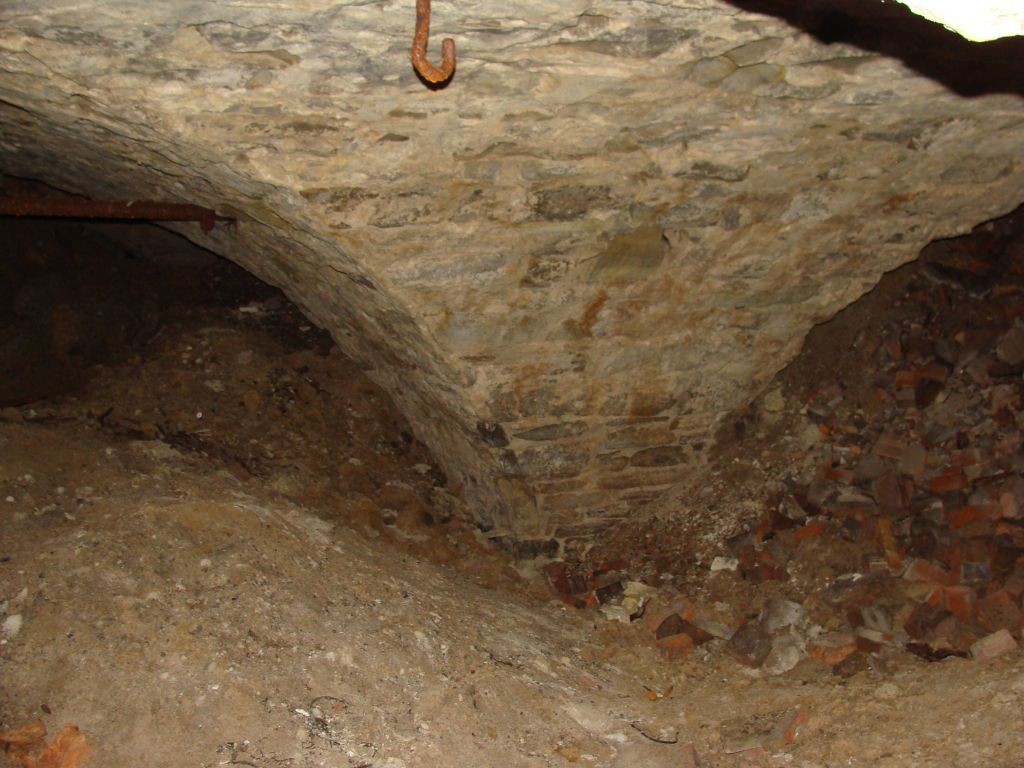
This stunning space, of indeterminate depth to the rubble filling the space, still captivated me with its rough but elegant arches springing from columns buried beneath the rubble. The iron has become brittle, and can easily break off by accident in one’s hand.

Below is the door that accesses the other parts of the cellars; on the ceiling are hooks which I presume once held an apparatus that allowed for the transfer of barrels in and out of the cellars.
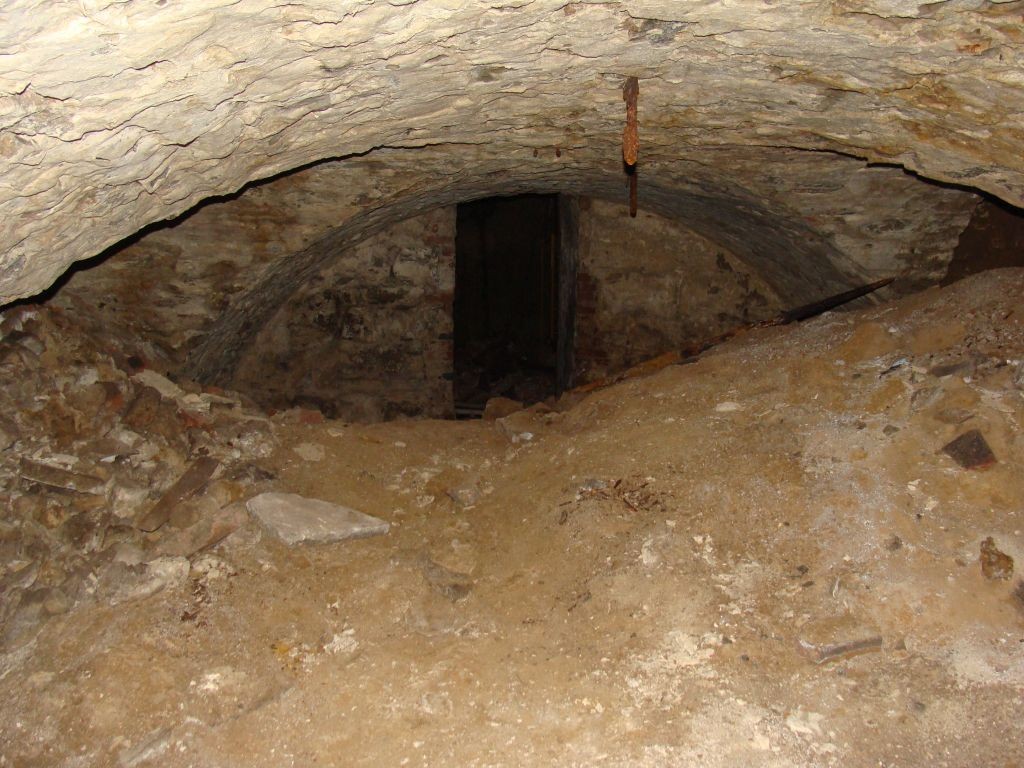
In one corner of the open area is a square hole that leads down into the lower level of the cellars and once presumable possessed a staircase. I do not believe these cellars were ever natural caves; the space is perfectly rectangular, matches up with the street grid up above, and does not have any unused, natural portion like the Consumer’s Brewery Cave or the Lemp Caves.

This picture doesn’t capture scale very well, but it drops another thirty feet down from this point. In the near future, I will provide photos of the lower level, which as I mentioned earlier, is flooded. I was surprised by how well preserved the brick and stonework still is; there is little sign of deterioration and all of the vaults and walls were in excellent condition. It was such a great experience to get to see such an important component of St. Louis history.
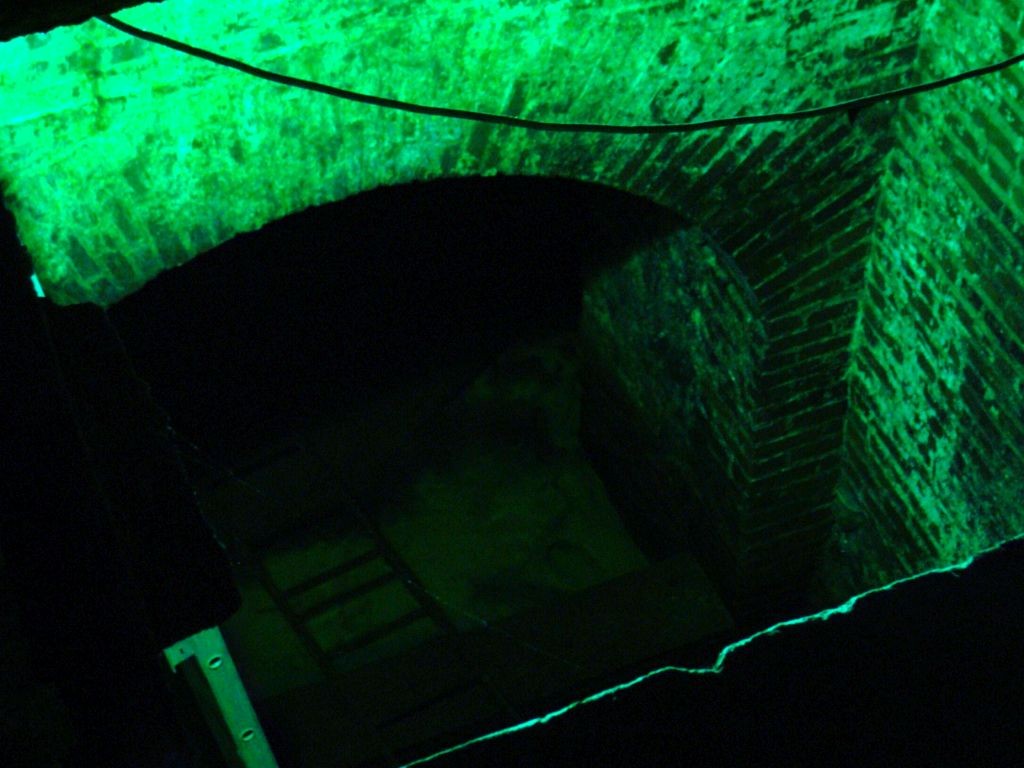
Note: Please do not ask me the location of these cellars; as part of my agreement to see them, I can post pictures but cannot reveal where they are.

























